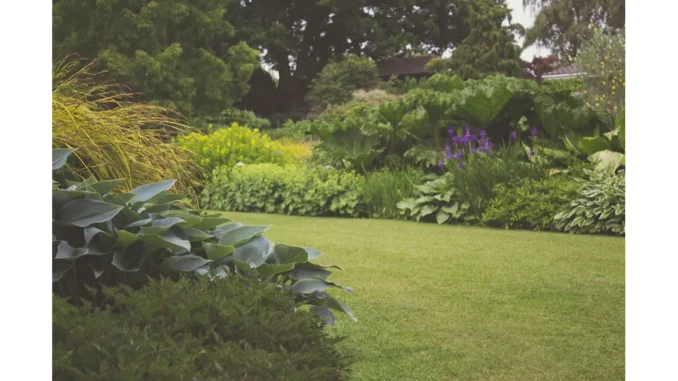
Transforming a 1960s Landscape: Contemporary Front Yard Ideas
Revamping a front yard from the 1960s requires as much attention to detail as an interior renovation. An outdated landscape can significantly detract from your home’s curb appeal, but with a few modern touches, you can create a stunning, contemporary outdoor space. Here are ten expert tips to help you transform your dated landscape into a modern masterpiece, particularly if you’re dealing with a north-facing front yard in the Western US, growing zone 7a.
1. Assess the Existing Landscape
Before embarking on your landscaping journey, a thorough assessment of your current yard is essential. Take note of key features like the slope on the left and the evergreen bushes on the right. Determine which elements can be repurposed and which should be removed to make way for your new design.
2. Opt for Low-Growing Plants in Shaded Areas
A north-facing yard requires plants that thrive in partial to full shade. Low-growing shrubs and ground covers, such as hostas, ferns, and heucheras, are ideal choices. These plants not only prosper in low light but also introduce texture and colour, enhancing the overall aesthetic without obstructing your windows.
3. Integrate Native Plants for Sustainability
Incorporating native plants into your landscape is both eco-friendly and low-maintenance. For zone 7a, consider species such as lavender, sage, and yarrow. These plants, well-adapted to the local climate and soil, minimise the need for excessive watering and fertilisation, making your garden both beautiful and sustainable.
4. Establish Focal Points
A well-crafted landscape should guide the eye and create visual interest through focal points. Introduce features like a water fountain, a sculpture, or a strategically placed tree. Given the pleasant view from the front of your house, frame it with plants rather than obstructing it, thereby enhancing the visual appeal.
5. Define Spaces with Hardscaping
Hardscaping elements such as pathways, retaining walls, and garden beds delineate different areas of your yard. Choose materials that complement your home’s architectural style. For a modern look, consider sleek materials like concrete or steel, whereas natural stone or brick can add a traditional touch.
6. Explore Sustainable Lawn Alternatives
Traditional lawns can be both high-maintenance and water-intensive. Consider substituting some or all of your lawn with drought-tolerant ground covers like creeping thyme or clover. These alternatives are not only more sustainable but also add unique texture and colour to your yard.
7. Enhance Ambiance and Safety with Lighting
Outdoor lighting serves the dual purpose of beautifying your landscape and ensuring safety. Use a mix of path lights, uplights, and spotlights to accentuate key features and facilitate safe movement at night.
8. Plan for Year-Round Interest
To maintain a vibrant landscape throughout the year, choose plants with seasonal appeal. Plant spring-blooming bulbs like daffodils and tulips, summer perennials such as daylilies and coneflowers, and fall foliage plants like maples and burning bush. Evergreens and plants with interesting bark or seed heads can provide winter interest.
9. Seek Professional Assistance
If you find yourself overwhelmed or in need of expert advice, consider hiring a landscape designer. A professional can provide a detailed site plan and recommend plants and materials that align with your style and budget, ensuring a cohesive and polished outcome.
10. Develop a Maintenance Plan
Finally, a consistent maintenance plan is crucial for keeping your landscape in pristine condition. Regular tasks such as pruning, weeding, and mulching will ensure your garden remains healthy and attractive, preserving its beauty for years to come.
By following these well-crafted tips, you can transform your 1960s landscape into a modern, sustainable, and visually appealing front yard that significantly enhances your home’s curb appeal.


Be the first to comment